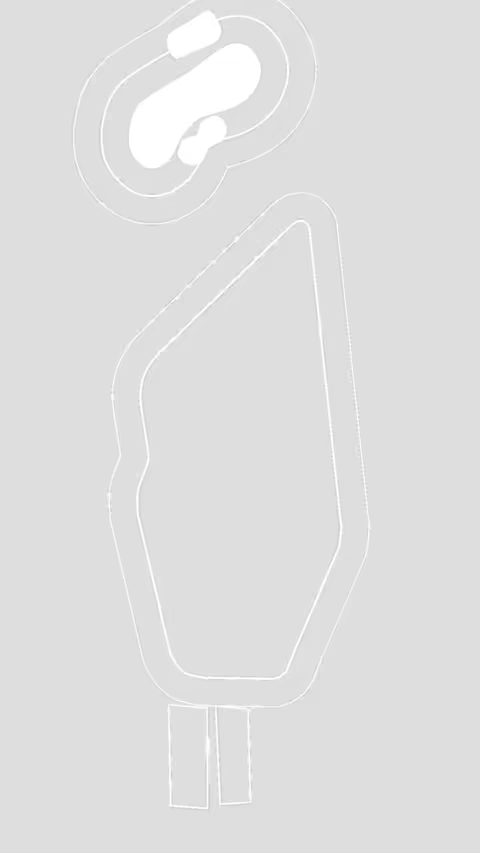
MAURITIUS
1 Courses

Golf in Mauritius: From Colonial Pioneering to Island-Ocean Links
Golf in Mauritius: From Colonial Pioneering to Island-Ocean Links Golf in Mauritius begins with a colonial legacy seldom matched in the southern hemisphere: the first recorded golf course, the Mauritius Gymkhana Club, was laid out as early as 1844 by British military officers in Vacoas, making it not only the oldest club in the southern hemisphere but also among the world’s earliest established venues outside Britain, reflecting both military culture and early expatriate leisure pursuits, and it still endures in modern form.
Over the decades, golf evolved on the island from that single colonial course into a rich tapestry of inland and coastal layouts: in the early 1990s, the Paradis Golf Club opened beside Le Morne Mountain with its ocean-framed fairways designed by David Dutton, offering players a dramatic visual dialogue with the UNESCO-listed site.
By 1994, the Legend Golf Course at Constance Belle Mare Plage designed by Hugh Baiocchi emerged, quickly gaining fame as the host of the MCB Tour Championship and European Senior Tour finals through the 2000s, showcasing how golf intertwined with resort development and tourism.
The early 2000s also saw the addition of the Links course by Peter Alliss and Rodney Wright (2002), followed by the surreal island course on Île aux Cerfs created by Bernhard Langer in 2003, where players board a boat to an 18-hole tropical challenge—an iconic island-immersed experience that golfers increasingly cite as unforgettable.
In 2004 Heritage Golf Club opened in Bel Ombre with two contrasting designs by Peter Matkovich—Le Château, parkland gently rolling toward the sea, and in recent years La Réserve Golf Links co-designed with Major champion Louis Oosthuizen, the first true links course in the Indian Ocean, located beside a UNESCO Biosphere Reserve, blending native grasses into former sugar-cane landscape.
Further expansions include Tamarina (Rodney Wright, 2006), Anahita by Ernie Els (2008) with several lagoon-front holes meeting USGA standards, and the inland Avalon Golf Estate by Matkovich (2015), nestled in natural gardens overlooking the south coast.
Today Mauritius features around ten 18-hole courses and three 9-hole tracks, each with its own character.
Key regions offer diverse golfing identities: the verdant south near Bel Ombre balances dramatic ocean views and upland estates; the east coast around Belle Mare blends resort integration and flat parkland close to beaches; the dramatic western shore at Le Morne brings mountain backdrop and sea breezes; the north near Grand Baie offers volcanic-stone landscapes at Mont Choisy Le Golf (Peter Matkovich, 2017) with tranquil inland ponds and hills; and the inland central plateau region offers Avalon’s cooler, garden-like environment and Gymkhana’s deeply historic terrain.
Signature courses include the century-old Gymkhana for its historic layout and precision demands; Paradis for its coastal routing along Le Morne; Île aux Cerfs for its island novelty and stunning vistas; Heritage’s Le Château and La Réserve for their environmental innovation and tour hosting pedigree; and Anahita for its modern championship layout by a world-renowned architect.
Player development remains more informal compared to larger golf nations, with some academies, particularly at Heritage’s Golfzon-Leadbetter centre, offering junior coaching and practice technology since the early 2020s, and resort packages often include initiation clinics, though research found no formal national junior squad post-2020.
Nevertheless, this resort-based approach nurtures local interest and occasional regional amateur competitors who emerge from academies.
Tourism appeal is significant: golf-plus-resort packages include luxurious stays at One&Only Le Saint Géran or Shangri-La, many of which bundle green fees at Île aux Cerfs or Anahita for guests; peak season spans the cooler, dry months from May to October, though tournaments like the AfrAsia Bank Mauritius Open (tri-sanctioned by European, Sunshine and formerly Asian Tours) held in December at Heritage, Anahita, or Mont Choisy attract international attention and draw golf travellers in the southern summer.
Non-golf attractions enrich the experience through UNESCO sites like Le Morne and botanical gardens, cultural markets, island hikes, helicopter tours over the “underwater waterfall,” whale watching, and Creole cuisine—making Mauritius appealing for both golfers and accompanying travelers.
Sustainability efforts are increasingly evident: La Réserve was recognized as Africa’s first GEO Certified® Development (2023) for its ecological grasses and habitat restoration; Heritage’s layout honors Biosphere Reserve values; several courses employ rainwater capture, native flora plantings, and energy-efficient maintenance, though formal island-wide certification remains emerging.
Future projects include the upcoming Harmonie Beachcomber Golf Course slated for opening around 2026 as per tourism planning, continued interest in hosting additional DP World Tour or tri-sanctioned events, and growing participation forecasts suggest modest annual growth in rounds driven by regional tourism and digital booking platforms.
As Mauritius balances limited land and rich heritage, golf continues to innovate—merging colonial legacy, tour-grade design, natural spectacle, and environmental stewardship in a uniquely island context..
